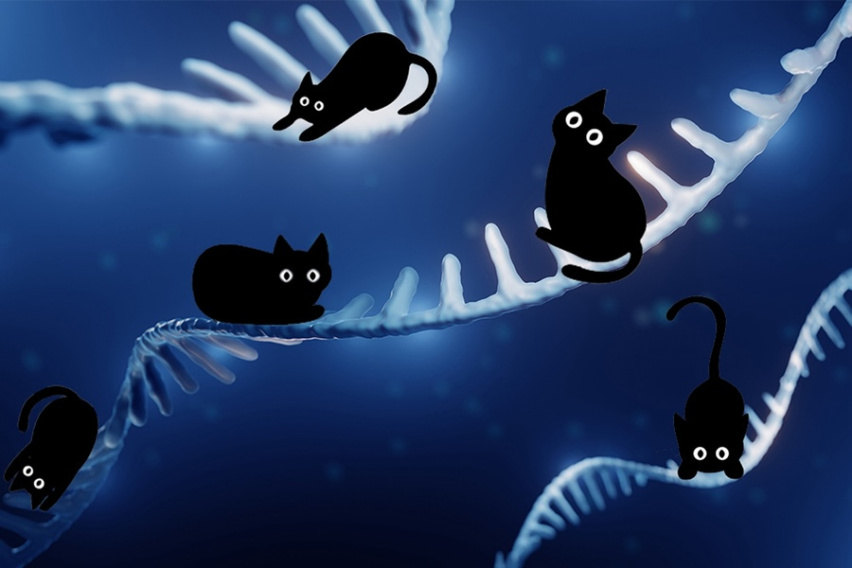National Academy of Inventors
August 10, 2025
Congratulations to Louis DeRidder on being recognized by the National Academy of Inventors with the Dr. Barry Bercu Biomedical University Inventor Prize!
DeRidder wins the prize for for his work on CLAUDIA, developed as part of a Bridge Project team led by Robert Langer, Giovanni Traverso, and Dana-Farber Cancer Institute's Doug Rubinson. This new closed-loop drug delivery system allows personalized and more accurate chemotherapy drug dosing.
